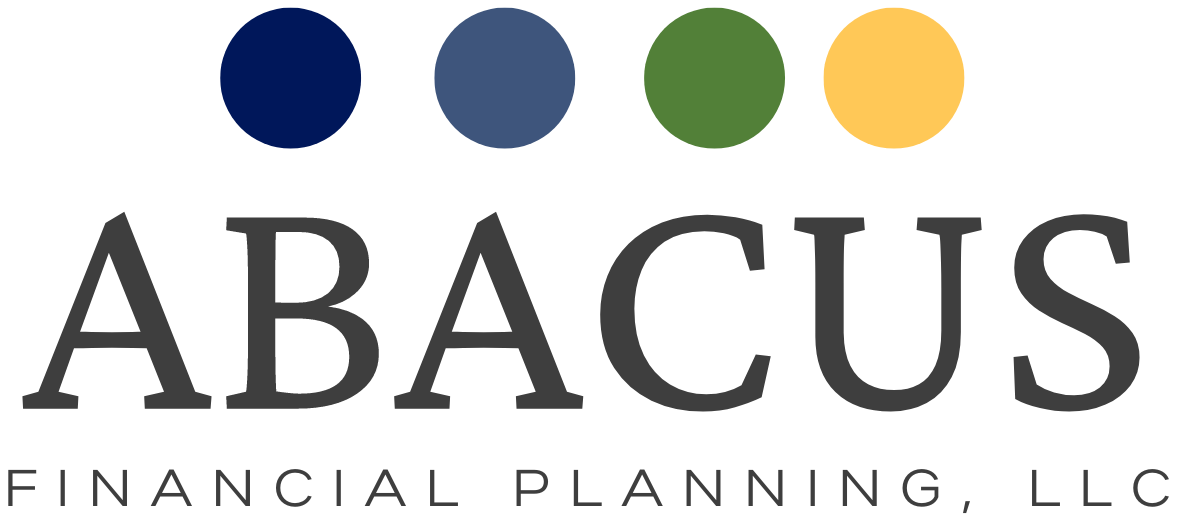No one has a guarantee of not running out of money in retirement, but you can reasonably address the question with your own history of driving a car. When was the last time you ran out of gas? Or maybe you have never run out of gas? A working gas gauge has guided you on your resources, and you may even have a rule for yourself to gas up whenever you reach a quarter tank. A faulty gauge could require that you track your gasoline purchases to avoid running low. The point is, you have strategies to avoid running out of gas in your car. You can conserve retirement finances in much the same way, tracking expenses and replenishing resources in response to warning signs.
Two worries commonly drive the fear of running out of money: high long-term care costs or unlucky timing with a down market. Preparing for long-term care costs is a topic for another day; here we focus on the risk from unlucky timing of retirement.
A retiree may be unlucky if the first few years of retirement coincide with large drops in the stock market. Even if, on average, returns are fine over a 30-year retirement, bad returns in the early years have a larger negative impact on final wealth. Another unlucky scenario is high inflation early in retirement (relative to stock market returns).
Sometimes retirees are hesitant to withdraw anything from their investments due to the risk of running out of money. This strategy works very well! If you do not withdraw anything, you will not run out of money! But it is akin to keeping a car full of gas just parked in the driveway.
At the other end of the spectrum, a retiree decides to spend a specific amount of money each year “no matter what” until the money is gone. I think of this as marching off a cliff, ignoring the warning signs of a shrinking portfolio and possibly a recession. The key is to find the middle ground. What is an amount to withdraw each year that provides for today’s needs and has a high likelihood of lasting?
The guardrail approach balances the need for income now and reduces the risk of running out of money:
- Pick an initial withdrawal rate, and
- Have a plan for how to change the amount in subsequent years.
Example: Consider a retiree with $1,000,000 in investments.
Year 1 Decisions
The decision of how much to withdraw depends on age, other income sources, investment mix, level of spending, and risk tolerance. The amount withdrawn in the first year sets the initial withdrawal rate.
- 3% initial withdrawal rate: $30,000 withdrawal
- 4% initial withdrawal rate: $40,000 withdrawal
- 5% initial withdrawal rate: $50,000 withdrawal
When choosing an initial withdrawal rate, it can be helpful to think about cutting back. Someone who starts with a 3% or 3.5% withdrawal rate will probably not need to reduce withdrawals later, even in down markets. Someone who starts with a 5% initial withdrawal rate, on the other hand, is more likely to need to reduce withdrawals later. Which sounds better to you?
There are of course many factors to consider when choosing a withdrawal rate.
- Factors related to you: Do you anticipate changes in your income or expenses? To what extent will your lifestyle be impacted if you need to cut back on withdrawals? What is your overall tax situation?
- Factors related to your portfolio: How is the portfolio invested, such as the percentage of stocks? What types of accounts are there, and how are withdrawals taxed? What is the rebalancing strategy?
- Factors outside of your control: Stock market returns, inflation, the overall economy, and tax law changes
Year 2 Decisions
Adjusting withdrawals to meet new conditions can happen any time but monitoring is ongoing. An annual check-up is a reasonable starting point.
- Increase the withdrawal amount by inflation. An easy way to do this is to use Social Security’s Cost of Living Adjustment (COLA). But, only take the raise if your investment portfolio had positive returns. If the portfolio had a negative return for the year, skip the raise.
- Use guardrails to curb high or low withdrawals. See how this new withdrawal amount compares to the new portfolio balance and identify the withdrawal rate. Compare the new withdrawal rate with the initial withdrawal rate. A little drift is ok; if there is a lot of drift, consider cutting down to a smaller withdrawal (or giving yourself a bigger raise).
Later Decisions
This pattern of monitoring and adjusting can continue to guide withdrawal decisions for the first 10-20 years of retirement. Further into retirement, decisions may look different based on health, long-term care, and spending needs.
The information on this site is not intended as tax, accounting or legal advice, as an offer or solicitation of an offer to buy or sell, or as an endorsement of any company, security, fund, or other securities or non-securities offering. The information on this site should not be relied upon for purposes of transacting in securities or other investment vehicles.
The information on this site is provided “AS IS” and without warranties of any kind either express or implied. To the fullest extent permissible pursuant to applicable laws, Big Red Abacus, LLC dba Abacus Financial Planning disclaims all warranties, express or implied, including, but not limited to: implied warranties of merchantability, non-infringement, and suitability for a particular purpose.
AFP does not warrant that the information will be free from error. Your use of the information is at your sole risk. Under no circumstances shall AFP be liable for any direct, indirect, special or consequential damages that result from the use of, or the inability to use, the information provided on this site, even if AFP or an AFP authorized representative has been advised of the possibility of such damages. Information contained on this site should not be considered a solicitation to buy, an offer to sell, or a recommendation of any security in any jurisdiction where such offer, solicitation, or recommendation would be unlawful or unauthorized.






